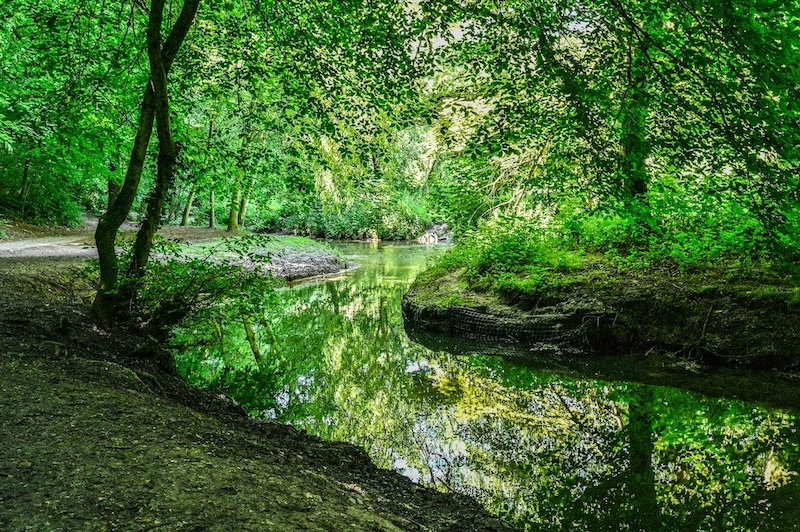There are some places in life that stick with you. Places that years and even decades later, you can close your eyes and imagine, remember the feelings you had when you first arrived there, the thrill of exploring it, the uniqueness of that specific location. For me, Cabo Polonio is that. A wild landscape the likes of nothing I’d seen before, and still haven’t to this day. A rugged, coastal paradise that feels as though you’ve reached the end of the world…

A small village on the eastern coast of Uruguay in the Rocha Department, Cabo Polonio is a cluster of buildings hugging the peninsula extending out into the Atlantic Ocean. There are no roads leading to it, the nearest highway being about 7 km away, meaning the only way to reach it is by foot through the miles of sand dunes, or by 4×4 vehicles. Arriving in the latter after a bumpy ride, the uneven sand bouncing both us and our large rucksacks in every direction, was how I first set eyes on Cabo Polonio.

The place has no mains electricity or running water, with wind power and generators used to power the shops and hostels and only the lighthouse, warning ships to stay away, is powered from the national grid. Water for residents and visitors is collected from wells or rain water, and you can spot the water tanks attached to the colourful, barn like houses around the village. Life here is not easy; the features that make it a haven for tourists in high season (January-March) also mean it is not particularly habitable, and according to the 2011 census, it had a population of only 95 inhabitants, most of whom rely on making crafts or fishing, with a few there seeking an alternative lifestyle.

The other inhabitants are a colony of sea lions, making their home on the rocks facing the lighthouse and the two islands to the east and north of the village. This is home to one of the largest sea lion colonies in South America. Once exploited, their number has greatly increased since sea lion trade was banned in 1942, and they have become another attraction of the village. Visitors and locals alike watch the hundreds of sea lions resting, or fighting, on the rocks, adding an extra edge of wild to the atmosphere and making you feel that much closer to nature. The lighthouse itself can be visited, open since 1881, and offers the best views of Cabo Polonio, the dunes, the beaches and the nearby Torre islands.

For the tourist, Cabo Polonio is an unforgettable place. Dunes stretch out as far as the eye can see in one direction, whilst the sea stretches out in the other. Hostels are relaxed, friendly places, fully embracing beach life and any sense of time is lost. A sort of caribbean meets the rugged Atlantic ocean crossover. There are no ATMs, so come with cash and spend only what you need. It is all about the minimal. Days are spent walking the beaches, relaxing on the sand, watching glorious sunsets, scouting for sea lions and chatting with others who have come to explore this rare place.

When you have soaked up the atmosphere, felt the magic and seen all there is to see, you can leave the way you came, or walk further across the dunes to reach the neighbouring town of Barra de Valizas, 10 km along the coast. That may not sound too far, but remember it is sand the whole way, and those dunes can be tall. It is hard work walking; the sun beats down on you, the wind whirls sand at you, it is the nearest I have ever experienced to being in a desert.

Valizas is separated from the dunes by an inlet, and a boat will carry you across at certain times of day, so be prepared to wait, or take a long detour round. The experience of this walk is incredible, and Valizas offers a similar stay to Cabo Polonio, this time slightly larger with 330 or so residents. The peaceful, surreal atmosphere continues here, and arriving to another welcoming hostel, we look forward to exploring this new town, only for my travel mate to realise she had left her flip flops in Cabo Polonio…












